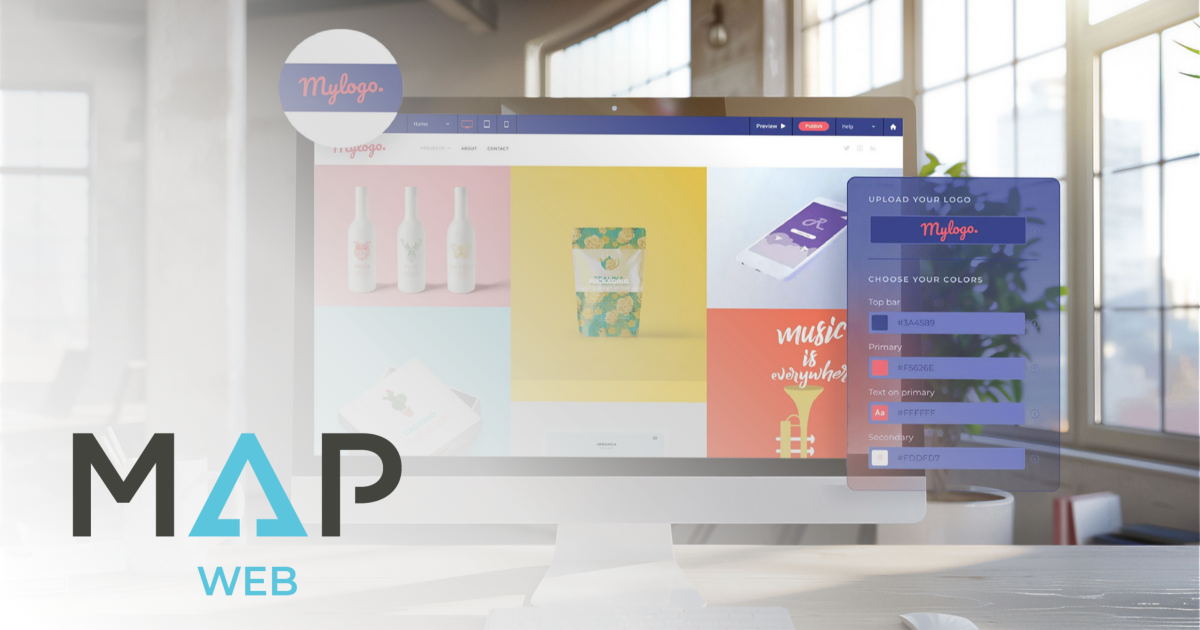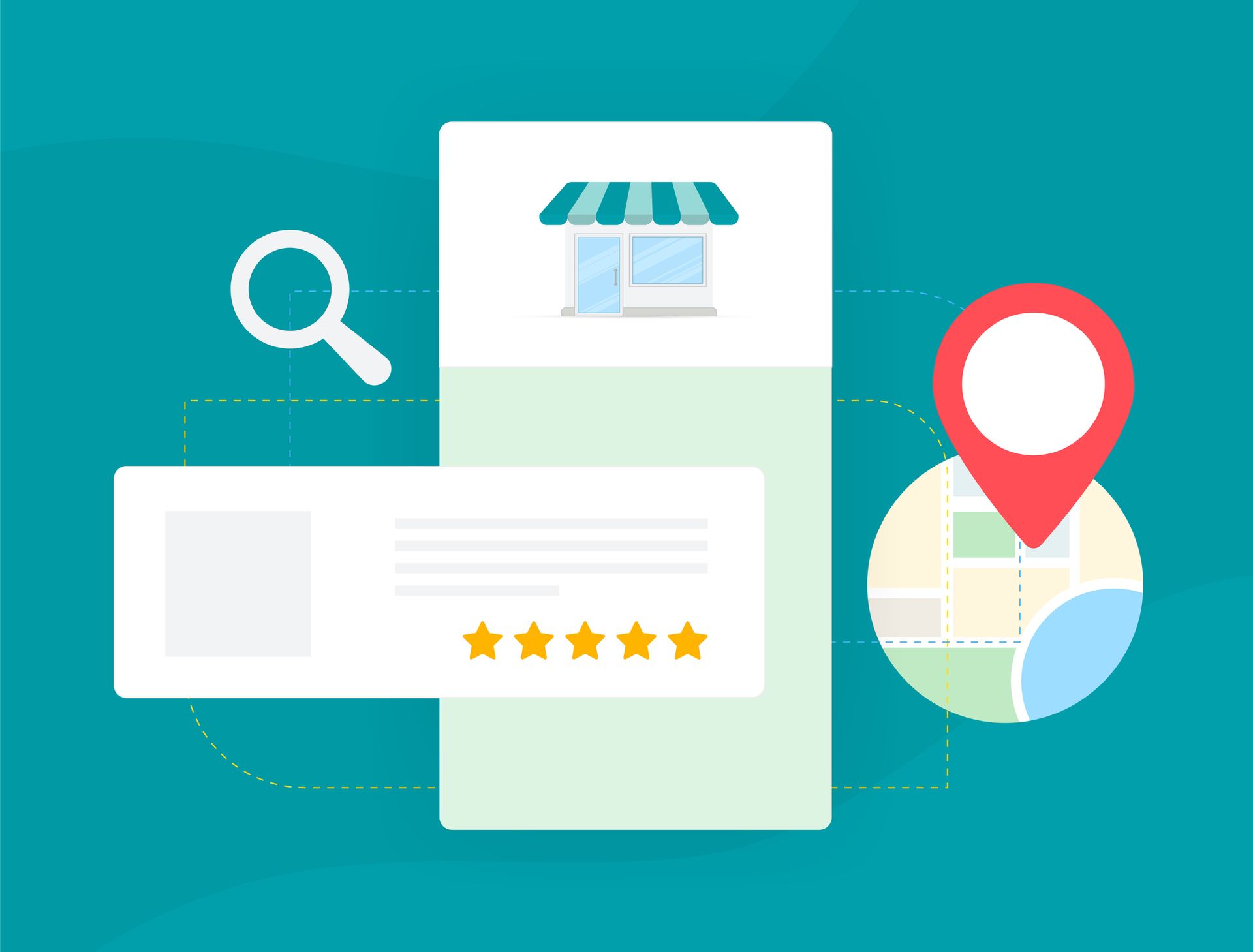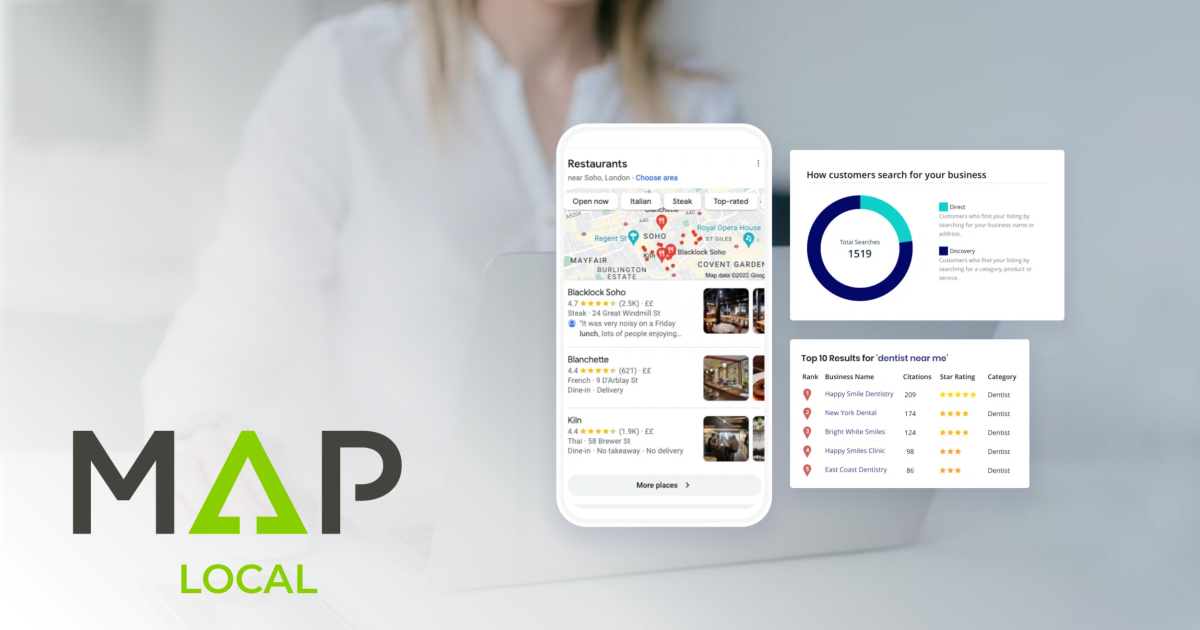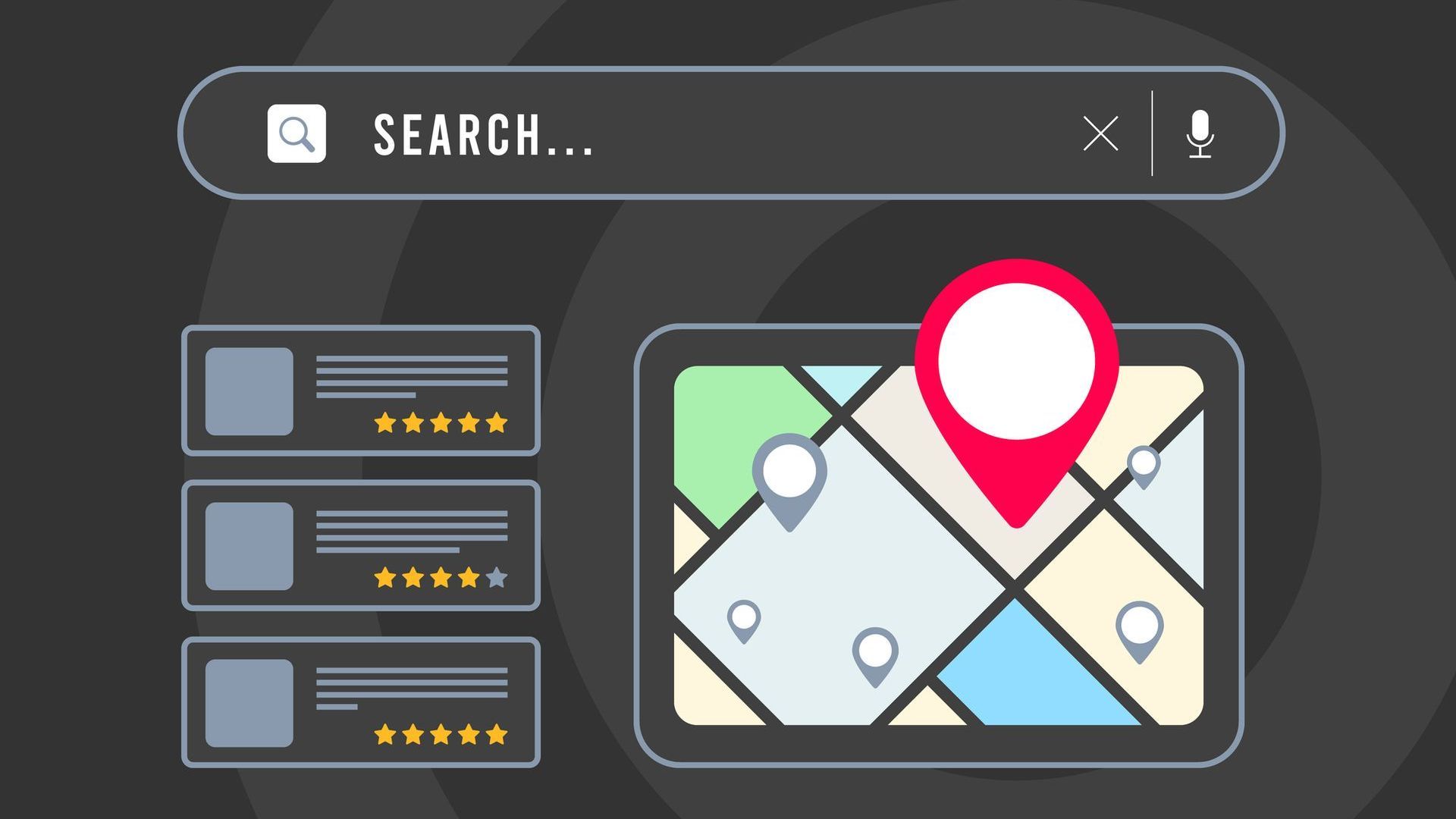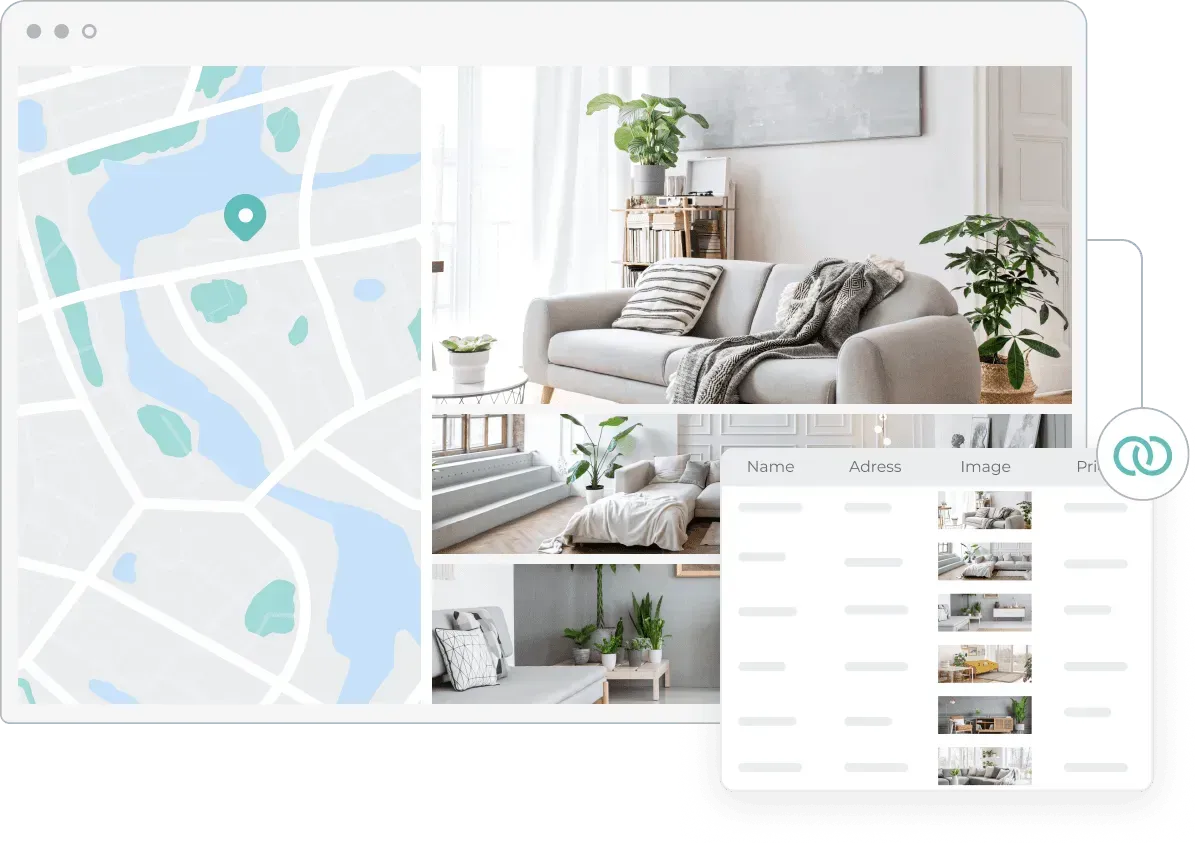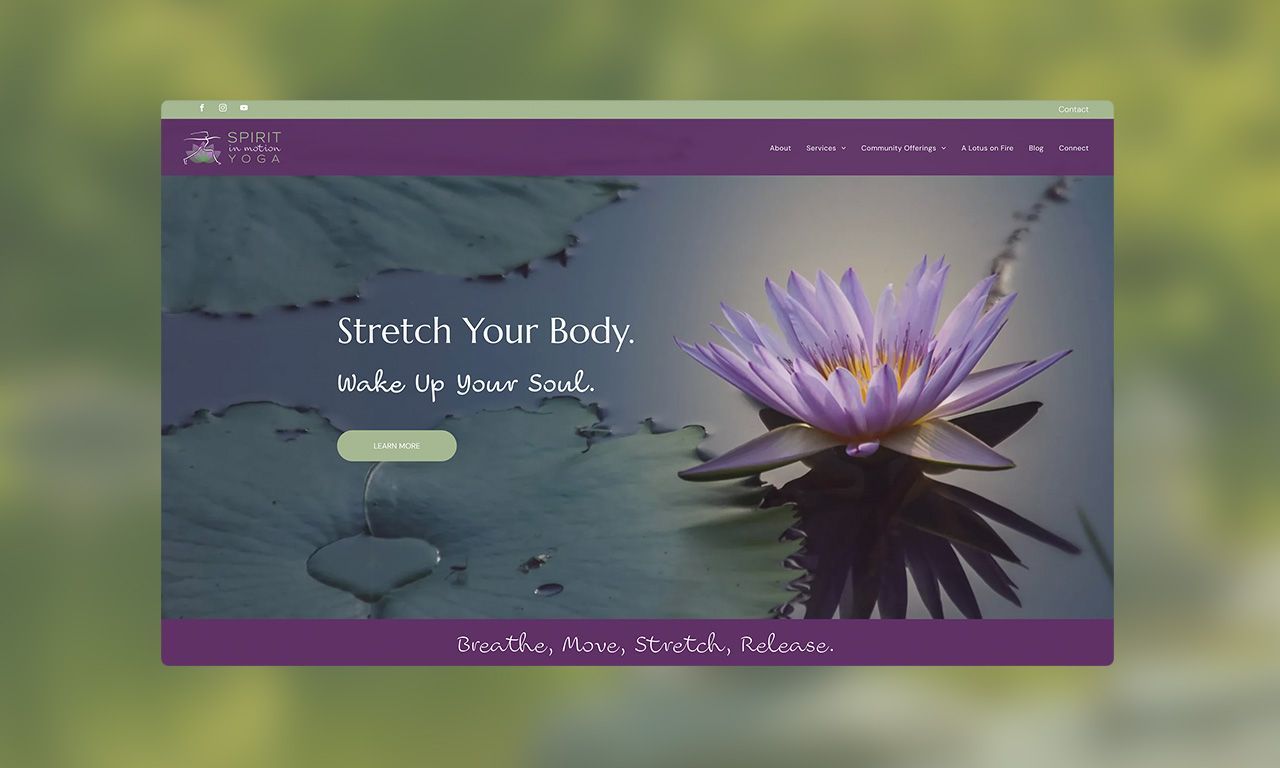The Ultimate Guide to Retail Marketing in 2020
How COVID-19 Has Affected Retailers
There is no denying that most retail stores have had to change the way they do business in response to the pandemic. Here are just a few examples of have how businesses and customers attitudes have changed:
- The rise of ecommerce. Online sales have doubled since March 11, the day the World Health Organization officially labeled the COVID-19 outbreak as a pandemic. If the crisis continues, nearly half of consumers plan to make more purchases online rather than in person.
- Consumers’ focus on product availability. Consumers are less concerned about brand loyalty and more about what product is in stock. Forty percent would purchase a product from a less familiar brand if their usual choice was unavailable.
- A new standard for brands. Your customers are waiting to hear from you. How has your company responded to the COVID-19 crisis? Overall, consumers are looking to retailers for preparedness and transparency during these uncertain times.
The pandemic has expedited the rise of digital retail marketing. Retailers need to embrace the digital landscape, the same way their consumers have, if they want to continue to make new sales. Fortunately, we’ve done the legwork and put together a comprehensive guide to marketing for retail in 2020 so you can say ahead of the competition.
Let’s begin with the basics.
What Is Retail Marketing?
Before we get into retail marketing strategy, let’s take a look at what is "retailer" to most people and what is the business model that accommodates retail itself. This can be roughly distilled into three simple steps:
- A retailer purchases product from suppliers (such as wholesalers)
- The retailer advertises the product to customers
- Customers purchase the product from the retailer, whether in-store or online
Retail doesn’t have to involve the typical brick-and-mortar store. Retailers are simply intermediaries—they present a product to consumers, whether through physical stores, websites, kiosks, or vending machines.
Broadly, retail can be described as the sale of a product or service to an end-user, also known as the customer. Retail marketing is the process by which retailers spark interest in their product or goods, attracting customers, and driving sales.
But revenue is not the only goal in mind—establishing brand awareness, building customer loyalty, and collecting insightful customer data are all equally as essential to successful retail marketing.
The Four Ps of Marketing in Retail
Every retailer is well-versed in the four Ps of retail marketing: Product, Price, Place and Promotion. Let’s review the basics in light of how shopping behavior has evolved.
1. Product
Merchandise can be split into two broad categories: “hard” goods or product such as appliances and electronics, and “soft” goods, including household items, clothing, cosmetics, and paper products.
When it comes to product categories that are currently dominating the market, food (especially non-perishables) and items related to health and wellness are in the lead.
Let’s take a moment to discuss packaging. Unique and distinctive packaging is key to establishing your brand within your desired market (think Tiffany blue). Here are a few tips on how to package your product in 2020:
- Get to know your target audience. Who’s your typical customer? Use this information to craft the ideal unboxing experience.
- Make inexpensive packaging look expensive. Don’t underestimate the power of minimalist product and packaging designs.
- Opt for durability. In the new era of facemasks and hand sanitizer, today’s consumer appreciates phrases like fluid-resistant, tamper-proof, and disposable.
2. Price
There are several pricing strategies available to market retailers, such as:
- Everyday low pricing. This is where retailers set slim profit margins to attract customers looking for the lowest prices.
- High/low pricing. Popular items are priced higher until they diminish in demand.
- Competitive market pricing. Prices are determined by what market competitors are charging.
3. Place
Meet consumers where they are. In the past few months, online sales have undergone double-digit growth, while traditional brick-and-mortar stores have been forced to close their doors temporarily. With the end of lockdown in sight, marketing retail is more important than ever. But retailers face two challenges: cultivating a compelling and customer-focused online presence and recalibrating the traditional retail store experience to meet changing demands and new information.
The secret to attracting post-quarantine foot traffic will be to integrate the online with the offline. Here are a few retail marketing pointers for meeting your customers where they are:
- Provide an online retail store locator with real-time store inventory
- Ensure your Google My Business Listing is up to date and optimized to the best performance
- Continue to offer curbside pickup at your physical business location
- Present customers with online coupons that can only be redeemed in-store
Of course, having an easy-to-use website with a flexible return policy is the best way to stay relevant to consumers. The virtual marketplace has been expanding for years—and lockdown has only accelerated its growth and importance in the retail marketing realm. At this point, the genie is out of the bottle. And there’s no going back.
4. Promotion
Now more than ever, retailers must focus on creating content with value. What does this mean for your retail marketing messages?
Deepen your brand’s relationship with customers with the following:
- Informative blog posts and videos (consider relevant topics like health and wellness)
- Open channels of communication with your team (for instance, through social media and SMS marketing)
- Take an empathetic stance, listen to consumers’ concerns, and offer value beyond your products and services
- Consider PPC as a main retail marketing driver to spread the word about your e-commerce retail store fast and efficiently
What Is Digital Retail Marketing and Why Is It Necessary?
Digital retail marketing is exactly what it sounds like: an online e-commerce storefront and its promotion. As the COVID-19 pandemic took the world by storm, we experienced a massive shift toward digital retailing in marketing. Whether we’re talking about the work-from-home movement or the rise of telehealth, the lines between online and offline channels are blurrier than ever. Retail marketing is no exception.
E-commerce has gone mainstream. We’re not exaggerating either. It’s largely due to the outbreak of COVID-19 and online sales have accelerated past five-year forecasts in a matter of months. With health and safety at the forefront of public consciousness, an increasing number of people who were previously reluctant to venture online are opting to click “Add to Cart” rather than risk infection and its potentially lethal consequences.
The recent spike in e-commerce has brought new demographics onto the web, even those who have been notoriously hesitant. In particular, 37 percent of consumers over the age of 65 have participated in more online shopping since the onset of the pandemic.
What does this mean for your brand? Now is the time to focus on creating an online experience centered around the customer, and to invest in the right kind of retail marketing. Remember, your website may very well be the primary channel for your brand from here on out.
What You Need to Do to Get Started With Digital Retail Marketing
A well-designed website is useless if it never sees the light of day. Marketing at retail level needs to include these key components for a comprehensive retail marketing strategy. Without one or the other your retail marketing efforts may be in vain.
Get your E-Commerce Store Up and Running
Now that you know the importance of having a digital presence you'll need to get your e-commerce retail store up and running. Each store will be slightly different depending on your brand and product but any successful e-commerce site understands what questions customers ask when they arrive at a retailer’s homepage. Customers need the following information:
- Which items are available?
- Which items offer me the best value for my money?
- How soon can I receive my items?
- What are my delivery and pick-up options?
- Is there a return or exchange policy?
With that in mind, retailers should consider the following e-commerce marketing tactics and techniques:
- Implement real-time inventory. Customers feel a sense of urgency when items are running low.
- Write product descriptions. Describe each of your products in detail, incorporating the top keywords customers search for when shopping for similar items.
- Have a well-defined delivery and return policy. Customers want to feel confident they know what they are getting into
- Utilize coupons and discounts. Keep your customers from abandoning their online shopping cart with limited-time offers.
- Use advanced third-party integrations. Online shoppers expect a quick and seamless shopping and checkout process, online or off.
- Implement tracking. Tracking will give you important insight into what percentage of e-commerce visitors are making purchases, when shopping carts are being abandoned, and other important analytics.
Invest in Search Engine Optimization and PPC Advertising
Placing your products in front of customers involves the art of search engine optimization (SEO). In a nutshell, the higher you rank on search engines like Google, the more traffic flows through your site and the larger your base of potential customers becomes.
Search Engine Optimization specialists leverage technical, on-page, and off-page strategies to maximize exposure to your site by climbing the search rankings. With statistics showing that Google's organic search drives more than 50 percent of all website traffic, it's a marketing retail strategy that simply can't be ignored. However, it can time for Google to crawl your site and to see results.
Therefore, PPC (Pay Per Click) advertising is often leveraged to advertise retail stores and products in the short term. You can choose from a highly targeted audience to advertise to. Choosing demographic, socioeconomic status, interests and more. These online "PPC" ads are then placed around the internet and on social media platforms like Facebook and Instagram. As the name would suggest you only pay when someone clicks on your ad.
New to PCC? Learn about the structure of a PPC Marketing Plan here.
Manage your Google My Business Listing
When you type in a query like "restaurants near me" or "Boston paint store" Google displays a couple of suggested stores in maps or search. These are Google My Business listings. When they are properly optimized and regularly updated Google My Business listings can rise through the ranks so they are amongst the first listings shown to local customers.
Another great feature of Google My Business listings is the reviews section. 91% of consumers read online reviews, and 84% of people trust reviews as much as personal recommendations from friends. So invite customers to leave reviews. Potential customers always want to hear what other people before them have experienced. Positive reviews will be reflected in your sales.
Not sure how to get more reviews to your site? Reach out to our local SEO team for tips and tricks.
Otherwise, gain insight into Google My Business review management best practises here.
Engage your Audience with Copy and Email
Whether you are just starting your site or looking to stay relevant, good copy is a cornerstone of any successful online retail business. It builds trust, customer loyalty, and drives sales.
Whether you hire a copywriter or are a DIY retailer ensure your content is original. Copy-pasted content is a red flag for search engines. After the initial set up is said and done, keeping a blog is a great way to engage your audience and show Google that you have an active digital footprint (they like that!).
In terms of email marketing, a curated email list is a great way to speak directly to past, current, and potential customers. Your email list has signed up to be part of your correspondence so they want to help what you have to say! It has been shown to be more effective then social media and is highly actionable and measurable if done right.
Next Steps In Your Retail Marketing Strategy
Get started! But if you need a hand CCC is here to help. Are you interested in setting up an e-commerce store to capitalize on the online shopping boom? Do you want to get started with an integrated retail marketing strategy to strengthen your physical location?
With CCC, pivoting to digital retail marketing has never been easier. We offer all the features and integrations that make you competitive. Whether you want one time set up or are looking for managed retail marketing service, we have a sustainable solution for your retailers like you.
Are you interested in creating a compelling and user-friendly online presence or simply what some more information? Get in touch with the CCC team today.



